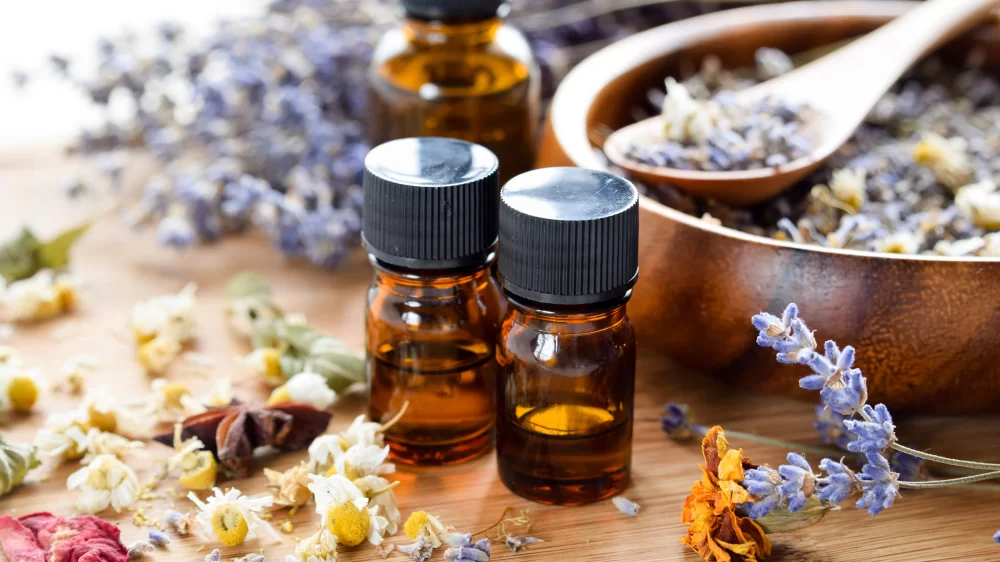Discovering Essential Oils After a Tough Workout
I remember my first attempt at high-intensity interval training. The next morning, my legs felt like concrete, and walking down the stairs was an event in itself. I tried stretching, ice packs, and even warm baths, but nothing offered consistent relief—until I discovered essential oils. What began as an experiment quickly turned into a routine I swear by. Today, using essential oils after working out isn't just a luxury; it's a recovery strategy that keeps me consistent, pain-free, and mentally balanced.
Understanding Why Essential Oils Work Post-Workout
1. Natural Anti-Inflammatory Properties
Many essential oils like peppermint, eucalyptus, and frankincense are known for their natural anti-inflammatory effects. When applied correctly, they help reduce inflammation in muscles and joints. After a long run, I’ll often mix a few drops of peppermint oil with a carrier oil and gently massage it into my calves. The cooling sensation offers instant relief, and over time, I noticed a faster decrease in swelling and soreness.
2. Muscle Relaxation and Improved Circulation
Lavender and rosemary oils are my go-tos when I need to unwind both physically and mentally. Lavender is particularly good at promoting relaxation, while rosemary stimulates blood flow, helping nutrients reach damaged tissues more efficiently. I’ve added these oils to my post-workout bath and noticed significantly better muscle recovery after just a few weeks.
3. Aromatherapy for Stress and Mental Clarity
Post-exercise recovery isn’t just physical—it’s also emotional and mental. Using oils like bergamot or clary sage in a diffuser while stretching or meditating has helped me maintain emotional balance after a grueling workout. That mental clarity helps me feel more motivated to stay consistent with my fitness goals.
How I Personally Use Essential Oils After Working Out
1. Massage Blends for Targeted Muscle Relief
I created a simple massage blend that includes 3 drops of peppermint, 2 drops of eucalyptus, and 1 drop of ginger oil mixed into a tablespoon of sweet almond oil. After weightlifting or resistance training, I massage this blend directly into the most worked muscle groups. It helps reduce tightness and prevents soreness the next day.
2. Bath Soaks to Decompress and Detox
There’s nothing quite like a warm soak after a killer leg day. I usually add 5–6 drops of lavender and rosemary oil, combined with a cup of Epsom salts, into a full bath. I’ll soak for 20–30 minutes, and not only does it ease the pain, but I sleep like a baby afterward.
3. Diffuser Blends to Set the Recovery Mood
Sometimes, recovery is about atmosphere. I use a diffuser blend with 3 drops of bergamot, 2 drops of frankincense, and 1 drop of cedarwood. It sets a calming tone as I stretch, foam roll, or journal post-workout. It’s like telling my mind and body, “We did good today—now it’s time to heal.”
4. DIY Cooling Spray for On-the-Go Relief
I’ve made a small cooling spray using distilled water, witch hazel, and 5 drops of peppermint oil in a 2 oz spray bottle. I keep it in my gym bag and use it after particularly sweaty sessions. It refreshes my skin and helps cool overheated muscles quickly, especially during hot summers or after outdoor runs.
Best Essential Oils for Workout Recovery and Their Benefits
1. Peppermint Oil
Known for its cooling effect and ability to relieve tension, peppermint is ideal for sore muscles and tight joints. It’s one of the first oils I recommend to friends new to recovery oils.
2. Eucalyptus Oil
Its anti-inflammatory properties make it a powerhouse for deep tissue soreness. Plus, it clears sinuses if you’re doing hot yoga or cardio-heavy workouts indoors.
3. Lavender Oil
Perfect for relaxation, lavender helps calm the nervous system and supports sleep—key components in effective recovery. I use it nightly regardless of whether I’ve worked out that day or not.
4. Frankincense Oil
It’s grounding and helps reduce inflammation. I especially use it on days when my joints feel stiff or my mind is racing from high stress.
5. Ginger Oil
Warming and stimulating, ginger helps boost circulation and is a favorite for post-cold-weather workouts when I need my blood flowing again.
Tips for Safe and Effective Use of Essential Oils
1. Always Use a Carrier Oil
Essential oils are potent and can irritate the skin when used directly. I typically use sweet almond, jojoba, or coconut oil as a base. A good rule of thumb: 5–10 drops of essential oil per tablespoon of carrier oil.
2. Perform a Patch Test
If you’re trying a new oil for the first time, apply a small amount of your diluted blend to your forearm and wait 24 hours. It helps avoid allergic reactions and ensures compatibility with your skin.
3. Stay Consistent but Rotational
I rotate my oils depending on the season, type of workout, and emotional state. This prevents scent fatigue and keeps my body responsive to each oil’s properties. Think of it like switching up your playlist to stay motivated!
Adding essential oils to my post-workout routine has transformed the way I approach fitness recovery. It’s a ritual that nourishes both my muscles and my mindset. For those wanting a more personalized blend, I highly recommend checking out Scent Snob for curated oil selections and recovery kits tailored to your fitness lifestyle.


0 comments